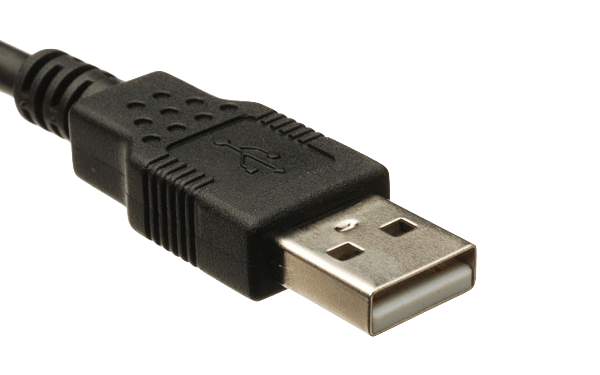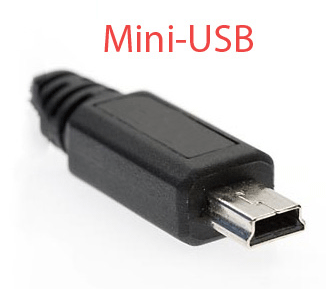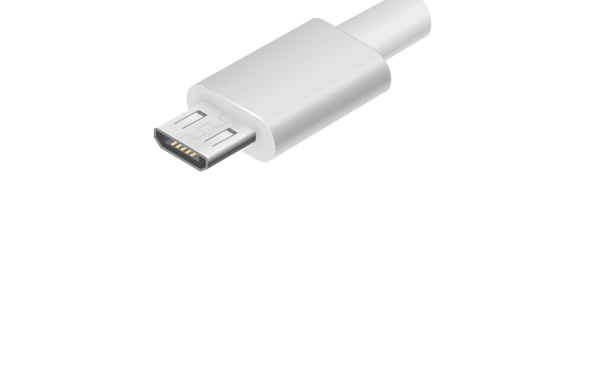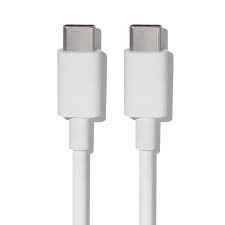USB, one of the most used terms while transferring files from PC to smartphone and charging the smartphone. It is the industry-standard specification. The USB port in any smart device will be the same and suits the USB cable of any brand. USB was introduced in 1995 and ever since it is an integral part of PCs and smartphones. Though USB is a common thing, only a few know the expansion of it. Here, you will learn what does USB stand for and how it is used.
What does USB Stand for?
USB stands for Universal Serial Bus. As the name suggests, it is a universal design. A USB cable bought in the USA will be compatible with smartphones available in Chine and vice versa. Every smartphone and PC manufacturers will design a USB cable of standard dimensions. You can use other brand’s USB cable to charge your phone. As technology grows, the type of USB varied.
Now, the USB cables are slowly faded with the C-type cable. This C-type cable occupies less space leave space for other ports.
Related: What Does CPU Stand For?
Generation of USB
As of this writing, there are four generations of USBs are made.
- 1st Gen USB
- 2nd Gen USB
- 3rd Gen USB
- 4th Gen USB
Introduced in 1996. USB 1 has two versions of it. In USB 1.0, you can transfer 1.5 MBPS of data while the USB 1.1, introduced in 1998, can transfer 1.5 MBPS to 12 MBPS of data. USB 2.0 was introduced in 2001 and can transfer up to 480 MBPS of data. Like USB 1.0, USB 3.0 also has three variants. USB 3.0, USB 3.1, USB 3.2 introduced in 2011, 2014, 2017 respectively. USB 3.0 can transfer up to 5 GBPS, 3.1 can transfer 10 GBPS, and USB 3.2 can transfer up to 20 GBPS. The latest version of USB, USB4 can transfer up to 40 GBPS.
Types of USB
Like the generation of USB, there are several types of USB.
- USB-A
- USB-B
- Mini-USB
- Micro-USB
- USB-C
USB-A

This is the most standard and the most used USB cable. It is flat and rectangular in shape. These type of USB cable are used in PCs, TVs, game consoles, and other similar devices.
USB-B

You can use these types of cables on external devices like printers and scanners. It is an almost square-shaped port with a dent.
Mini-USB

As the name suggests, it is small in size. You can use these USBs in a digital camera.
Micro-USB

You can use it on smartphones and tablets. Micro-USB port is the charging port for most Android smartphones and tablets until USB-C arrived.
USB-C

This is the latest version of the USB cable. These are the alternatives for Micro-USB. The main advantage of USB-C is that both sides of the cable are the same. In all the other four types, USB has two sides. You need to insert the cable with the correct side. But in USB-C, you can insert in any side as both sides are identical.
This is what USB stand for and its usage. Now, you got a basic understanding of what is USB, its expansion, its generation, and its types. If you want to know any other technical terms, tell us in the comments section.
